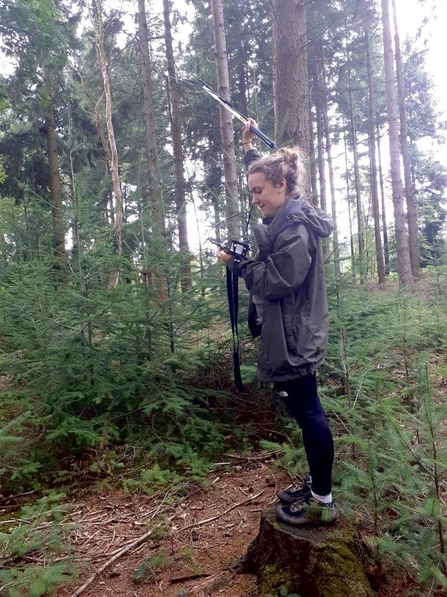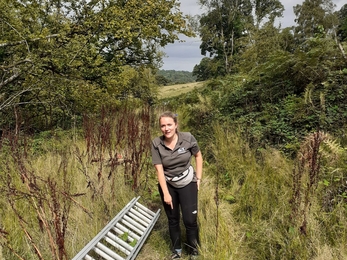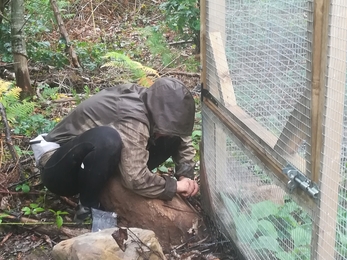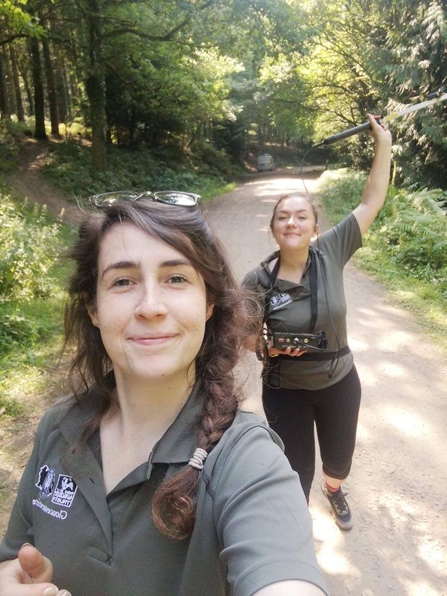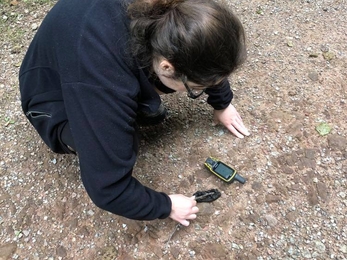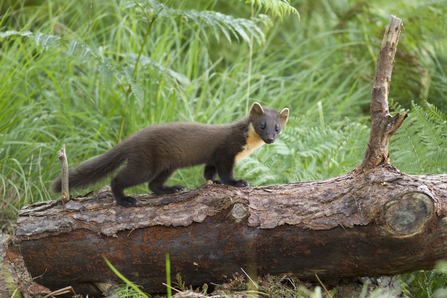When I mention that I’m working with the pine marten reintroduction project, the main reaction I get is an expectant raised eyebrow, a silence that needs filling, a species that needs explaining. “Cool!... what’s a pine marten?”. To be fair to the majority, the pine marten isn’t a household name. The species has been out of sight and out of mind for most of the UK for many years, and the “re-” element of “reintroduction” has confused some that didn’t realise they were here in the first place. Despite often slipping under the radar, their absence has been felt in our woodlands. In addition to their intrinsic value as a native species, the reintroduction of the pine marten is an important step to restoring balance to our woodland ecosystems, and thanks to the efforts of organisations such as Gloucestershire Wildlife Trust, the British population is on track to getting their second wind.
In folklore, pine martens are a symbol of determination, skill and luck, all the components needed to see one of these elusive beauties in the wild (well, mainly luck). At the beginning of my journey with Gloucestershire Wildlife Trust, I set it my mission to catch a glimpse of a pine marten in the wild, and By Jove I did it.
But let’s start at the beginning. Prior to becoming Field Assistant, I had racked up three years of volunteering and two dissertations for the pine marten project, and it’s safe to say I was a bit obsessed. From the get-go I was thrilled by the idea of these creatures roaming around our woodland, and it’s been a privilege to see the inner workings that made this project a reality. In 2017 I joined the volunteer group involved with evaluating the suitability of the Forest of Dean, and assessing the feasibility that a population of pine martens could survive here. We lovingly sought out suitable habitat, picked out potential homes in tree cavities that would hopefully one day house a little pine marten family, and identified all the potential risks. Thankfully, the glorious and complex habitat common in the Forest of Dean checked out to be an ideal location for a new pine marten population. Fast forward three years and I am again standing in the Forest of Dean, but this time armed with radio tracking equipment and a bum bag full of peanut butter.


